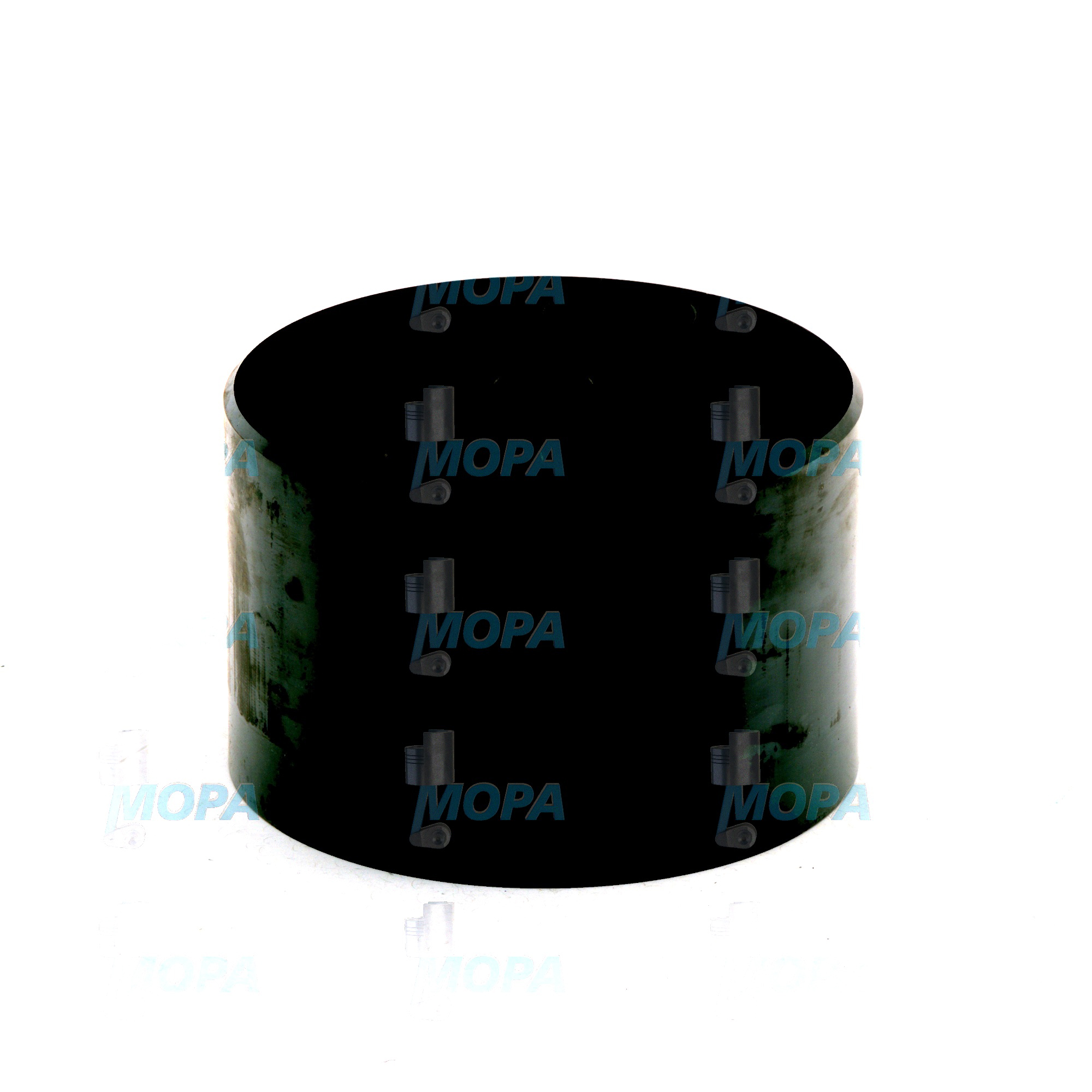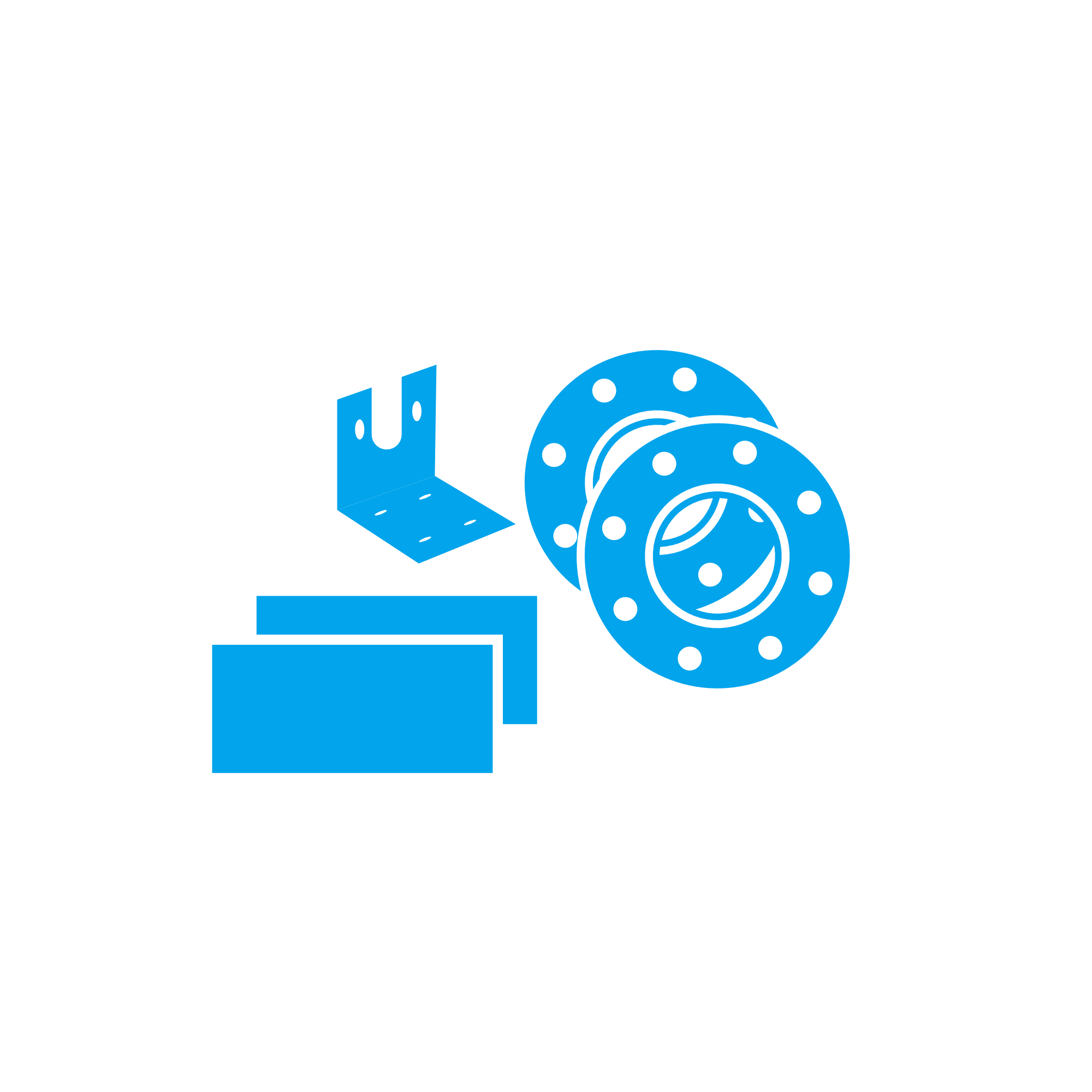PRESSURE PLATE and Holders, Plates and Flanges for High‑Performance Engines
Holders, plates and flanges are structural and functional components that keep critical engine assemblies aligned, sealed, and operating safely under load. In propulsion and power-generation systems—whether a marine engine, a diesel engine, or a gas engine—these parts create the rigid interfaces and clamping forces that make reliable operation possible. Within this category, the PRESSURE PLATE stands out as a load-transferring element in clutch systems and couplings, while brackets, mounting plates, and flanges support accessories, guide torque, and maintain leak‑free connections in fuel, air, exhaust, lubricant, and coolant circuits. Together, these components determine how efficiently power is transmitted, how well systems resist vibration and thermal cycling, and how long key assemblies last.
Technical function: PRESSURE PLATE and engine holders, plates and flanges
The PRESSURE PLATE in a marine engine or diesel engine clutch applies a precise clamp load to the friction disc, enabling smooth engagement, reliable torque transfer, and controlled heat dissipation. Its diaphragm or coil spring system must deliver stable force across the wear window, while the friction face must maintain flatness and hardness to resist glazing and hot spots. In applications with torsional vibration, a well-balanced PRESSURE PLATE minimizes runout and reduces stress on shafts, bearings, and couplings. When sourced as PRESSURE PLATE OEM parts, clamp load, geometry, and metallurgy follow the engine maker’s specifications to preserve engagement characteristics and minimize slip.
Beyond clutches, holders and mounting plates maintain the exact position of pumps, alternators, filters, and sensors. Their stiffness and dimensional stability prevent belt misalignment, reduce fretting at interfaces, and keep clearances within design limits during thermal expansion. Engine flanges—such as exhaust outlet flanges, turbocharger inlet/outlet flanges, coolant and oil line flanges, and coupling flanges—provide a repeatable, pressure‑tight interface. Correct surface finish (e.g., for gasket seating), bolt pattern accuracy, and face flatness ensure sealing integrity and predictable bolt preload. Common flange patterns (SAE, EN, ASME) and face types (RF, FF, RTJ) are integrated according to the engine’s pressure, temperature, and vibration profile.
Material choices are equally critical. PRESSURE PLATE assemblies typically use heat‑treated steels with controlled hardness for the contact surfaces, while holders and plates may employ high-strength steel, stainless, or nickel‑based alloys for corrosion and temperature resistance. Flanges can require stainless or duplex materials in seawater environments, with coatings or surface treatments to limit galling and corrosion. Precision machining to tight runout and flatness tolerances preserves balance and sealing performance under real‑world thermal cycles.
Key characteristics of holders, plates and flanges
· High stiffness and dimensional stability under thermal and dynamic load.
· Precision hole patterns and tolerances to OEM drawings.
· Flat, hardened, and balanced PRESSURE PLATE faces for consistent clamp load.
· Surface finishes matched to gasket requirements for tight sealing.
· Corrosion‑resistant materials and protective coatings for marine service.
· Repeatable bolt preload and torque retention across service intervals.
· Compatibility with SAE/EN/ASME patterns for reliable integration.
Importance for engine operation and service life
Holders, plates and flanges form the backbone of mechanical integrity. If a PRESSURE PLATE in a diesel engine loses clamp load or warps, clutch slip increases, producing excess heat, accelerated wear, and potential loss of thrust or electrical output. Misaligned holders can cause belt tracking issues, premature bearing wear, or sensor misreads, impairing efficiency and triggering avoidable shutdowns. Flange inaccuracies or degraded surfaces lead to oil, coolant, fuel, or exhaust leaks—with risks ranging from performance loss and contamination to safety hazards. Over time, improper components amplify vibration, loosen fasteners, and shorten the service life of mating parts. Ensuring that these items meet exact specifications protects uptime, fuel economy, and operator safety.
Advantages of OEM spare parts suitable for holders, plates and flanges
Using OEM spare parts for holders, plates and flanges safeguards engine performance by maintaining the exact dimensions, materials, and surface properties defined in the engine specification. PRESSURE PLATE OEM parts deliver the clamp load curve, balance, and friction behavior the control system expects, preventing slip and maintaining smooth engagement. For flanges and mounting plates, correct metallurgy and machining secure the right bolt preload and sealing condition, reducing leak risk and preserving efficiency. The result is consistent operation, predictable maintenance, and a lower total cost of ownership through reduced downtime and fewer repeat interventions.
For purchasers and technical decision‑makers, OEM spare parts also streamline logistics: the right part fits the first time, aligns with existing fastener and gasket sets, and integrates with established torque procedures and inspection routines. This alignment helps protect budgets by shortening service windows, minimizing rework, and reducing the risk of collateral damage to adjacent components.
PRESSURE PLATE marine engine and diesel engine use cases
In propulsion clutches for a marine engine, the PRESSURE PLATE must hold torque under frequent low‑speed maneuvering without hot spotting. In a diesel engine genset, rapid load acceptance demands stable clamp force and minimal runout to avoid power dips and drive‑line stress. In both scenarios, PRESSURE PLATE OEM parts sustain design performance, ensuring predictable engagement, reduced vibration, and a smooth torque path to the propeller or alternator.
MOPA: fast, quality‑assured supply of OEM parts
MOPA is an experienced and reliable partner for OEM spare parts suitable for holders, plates and flanges. We focus on speed, quality, and security in the trade of OEM parts for diesel and gas engines, supporting shipowners, yards, and power‑plant operators with responsive quotations, short lead times, and traceable deliveries. From a PRESSURE PLATE for a specific clutch model to engine‑specific flanges and mounting plates, MOPA provides parts aligned with OEM specifications, complete documentation, and careful packaging for demanding maritime logistics. Our team helps match parts to engine serials and modification states, reducing the risk of fitment errors and ensuring a smooth return to service.
Conclusion
Holders, plates and flanges—including the PRESSURE PLATE—are foundational to power transmission, sealing integrity, and reliability in marine and stationary engines. Selecting OEM spare parts suitable for this category keeps clamp load, alignment, and sealing exactly where they need to be—supporting performance, uptime, and lifecycle economics.




